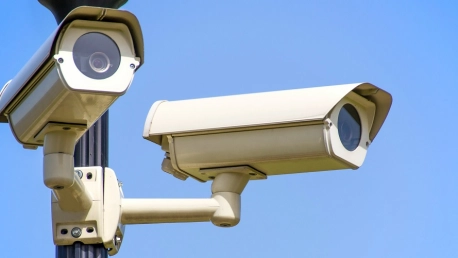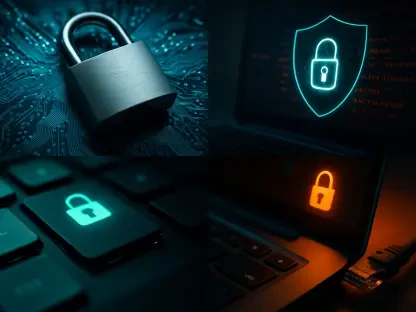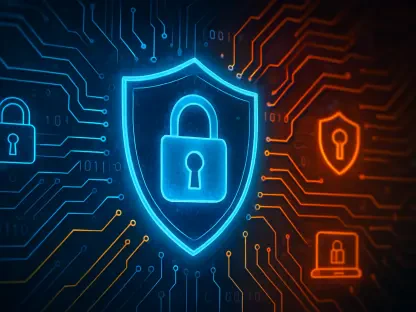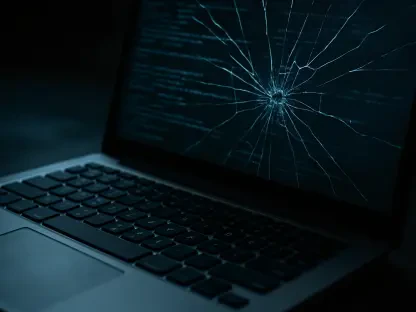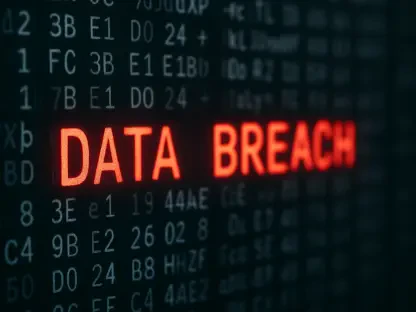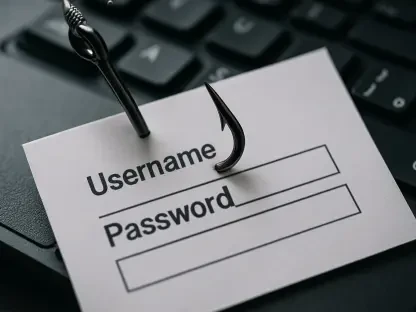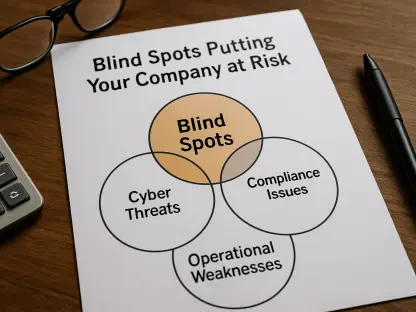Safety. It is a word thrown around like it’s something you can buy at your local grocery store. But in reality, to be safe, feel like you’re protected, and out of harm’s reach is a rare commodity in times when you’re never alone and constantly being watched, scrutinized, and judged. One place where safety ought to be the number one priority is at school, but the sad truth is that hasn’t always been the case. Tragic occurrences have brought to light the need to take this topic of discussion much more seriously and to understand that safety doesn’t just mean physical security, but emotional soundness as well.
How is this achieved, though? How do you take an entire nation’s educational system, and reinforce it in a way that no student ever has to suffer physical or emotional threats again? Some would say it’s impossible, that the trajectory of which the world is advancing and how interconnected we all are makes it impossible to shield your child from the worst the world has to offer. However, that doesn’t mean that people in places of power shouldn’t go above and beyond to come as close to the word “safe” as possible. In this article, we’ll look at the cold, hard truth behind the measures public schools are taking to provide a secure and healthy environment to students. We will also discuss what individuals can do from their side to further this monumental cause.
The Impact on Students
So how does this constant feeling of uncertainty and anxiety affect a student? When a child doesn’t feel safe or protected, it impacts their ability to learn and participate in class and other activities. This creates a snowball effect, leading to worsening grades, which may have a lasting impact if they plan on going to college after school. In addition, the psychological toll is immense. Anxiety, seclusion, and depression are just some of the adverse effects these threats have on a student’s mental health.
For staff and parents, fighting this battle may feel like trying to nail the tail on a donkey blindfolded. Where do you start? For example, kids don’t often speak up about being bullied for fear of being targeted even more, so finding the culprit can be tricky. And with the privacy measures in place on social media platforms, it’s almost impossible to track down the owner of a fake account harassing students online. This creates an immense sense of frustration for the people tasked with taking care of students’ well-being.
School Safety Threats
Back in the day, your garden’s variety of school threats consisted of fire drills and playground accidents. That picture has changed dramatically, and today, students face a multitude of hazards, all with malicious intent. And even the bad stuff that already existed, like bullying, seems like it has escalated to a whole new level.
Active Shooters
For a lot of people, this is what immediately comes to mind when thinking about threats the schooling system is facing. The reason for this is that active shooter incidents have been on the rise in recent years, making it an utmost priority for policymakers and law enforcement to put processes in place to curb this upward trajectory and end it. Lockdown drills, stricter security protocols, and close collaboration with local police are just some of the safety measures that have been implemented. Some states have also implemented stricter gun laws to further prohibit easy access to firearms by anybody.
Cyberbullying
This threat lurks in the shadows as opposed to a physical intruder entering a school, but make no mistake, it is still a very real danger to the youth of today. Cyberbullying involves harassing someone online through means of texts, social media, or emails, with the goal of humiliating and intimidating the person on the other side of the screen. Scratch the big kid taking your lunch money — we’re talking about cyberbullying on an unprecedented scale. Relentless online tormenting and blackmailing of kids to the point where they don’t know who to turn to anymore. This is the reality students have to live with, and if you fall on the wrong side of the spectrum, you’re harassed at school and online, where there’s no way of turning it off.
To combat this, schools have started educating students on responsible online behavior, as well as setting up anonymous hotlines where you can turn to report someone you know who’s causing harm to others online. Social media platforms like Facebook also have an option where you can report content that’s harmful or considered abusive.
The Mental Health Epidemic
School has always been as stressful as it is fun. The pressure to keep your grades up, figure out what you’re going to study afterward in college, and still maintain something that resembles a social life isn’t easy. However, with social media giving us all more than a glimpse into each other’s lives, it seems as if the pressure has increased tenfold. The problem is that these platforms allow users to paint a very pretty picture of what their lives are like. This unrealistic portrayal leads to a sense of discontent and urgency to change if your life doesn’t resemble the same. In fact, these influences have even led to a dramatic increase in plastic surgery among teenagers, all in the hopes of looking more like the millions of seemingly perfect faces they see on these platforms every day.
To address this, schools have started opening up the conversation of mental health to students, creating a safe space for kids to talk about what they’re going through. Educators and school counselors have put in tremendous effort to educate pupils on the warning signs to look out for if they know someone who may be having difficulties with their mental health. By doing so, a kind of buddy system where everyone looks after one another is formed.
Technology’s Part in Enhancing School Safety
When it comes to making schools a safer place for students, there are more than a few ways to go about doing so. Just as technology has played quite a big part in the breakdown of security in schools, via the internet and social media, it can also lend a helping hand in putting the pieces back together.
Surveillance and Access Control Systems
These tools are especially helpful to prevent intruders and unwanted guests from entering school grounds. Surveillance cameras, strategically placed throughout campus, can give us real time video feeds of everything going on around the place. This is also much more cost-efficient in the long run than hiring 20 security guards to patrol the grounds and ensure nobody gets in that isn’t supposed to. And the best part? This is a 24-hour, seven days a week solution, keeping a watchful eye over every student and ensuring their safety.
In addition, access control systems work well paired with surveillance cameras. Acting as an extra layer of security, access control systems regulate who’s allowed to enter the premises. There are also a lot of options to consider, such as key cards, mobile apps, and scanners. By only allowing authorized personnel and students to access the school, everyone can rest a little easier, knowing nobody slipped through undetected.
Emergency Notification and Response Systems
This may just be the most crucial element of all. Schools with emergency notification systems can easily get urgent info out to parents and law enforcement when necessary. So should a threat be imminent, schools can get the message out there with the push of a button, getting the necessary help as soon as possible. These notifications can also be used to initiate any emergency protocols that are in place, such as lockdown procedures or emergency evacuations.
Digital Threat Detection
It goes without saying that for students to feel safe, the school itself and its data should be protected as well. Just like big corporations are targets for hackers to come in and steal valuable information, so too are schools. In fact, schools tend to be the weaker links since large companies have much more resources in order to safeguard their data efficiently. However, there is light at the end of the tunnel, and there are a few ways for schools to keep their premises tight and safe. Firstly, firewalls, intrusion detection systems, and regular security audits are all part of a comprehensive cybersecurity strategy. This will ensure that students’ and teachers’ personal information is kept safe and out of the wrong hands.
Also, monitoring social media platforms can help schools identify any potential threats or concerning behavior. Algorithms can now flag posts or messages that have keywords in them associated with violence, self-harm, or other malicious intentions. Afterward, schools can then assess the situation and take action that’s appropriate yet robust, such as alerting authorities or providing support to the individual involved.
The Bottom Line
The world is becoming more and more vulnerable, especially with how we can all know everything about each other, whether we like it or not. However, one place where children should never feel unsafe is the place they go to receive their education. Schools should serve as a safe haven where students can unlock their potential, spend time with friends, and really get to know where their place is in the world.
Even though the threats out there are real and extremely dangerous and harmful, there are also steps we can take to keep them as far away as possible. Whether it be surveillance and access control systems, strict cybersecurity protocols, or online monitoring systems, these solutions need to be taken seriously by every school out there. The saying goes, “Regrets are illuminations that come too late.” Though resources are scarce in many schools, every person in a position to make a change should instead opt for diligence rather than defeat.
